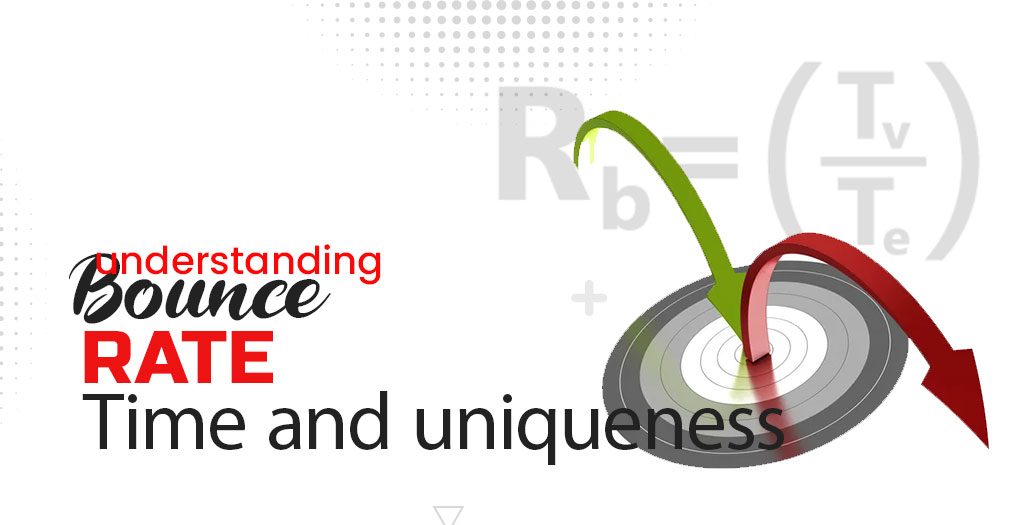“Bounce rate is single-page sessions divided by all sessions or the percentage of all sessions on your site in which users viewed only a single page and triggered only a single request to the Analytics server.”
The bounce rate is the inverse of the engagement rate. A user is considered to have “bounced,” then, if they 1) left your website/app in 10 seconds or less 2) without navigating to a second page 3) or completing a conversion event.
In addition to bounce rate, understanding the three statistics that determine bounce rate is key to our plan to lower your bounce rate.
Average Engagement Time
Engagement time is counted whenever a user has your website in the foreground of their screen. If your website is open in the background of someone’s computer, the engagement timer is paused until they bring it back to the foreground or the session is ended.
Anytime a user spends more than a minute on your site while visiting multiple pages, it’s a positive sign!
Did you know that a high bounce rate isn’t always bad and a low bounce rate isn’t always positive? Not all bounces are the same! It is difficult to know how to accurately interpret the percentages and avoid common analysis mistakes.
Unique page Views and Unique visitors
A unique visitor is equivalent to a cookie in the browser. When you visit a site, you get a cookie that stays in the browser until you delete the cookie. If you visit a site twice, deleting that cookie after the first visit, you will be counted as two unique visitors.
Unique visitors basically says "how many different cookies have visited this site".
Unique pageviews says how many visits have seen that unique page.
If you see first the landing page, then another page, and then click your way to the landing page again - the landing page has had two pageviews, but only one unique pageview.
Consider a unique pageview as a page checkbox for each visit.
Once a visitor has seen the page, she ticks the box. If she returns to the page during that same visit, the box will still be checked as one.

